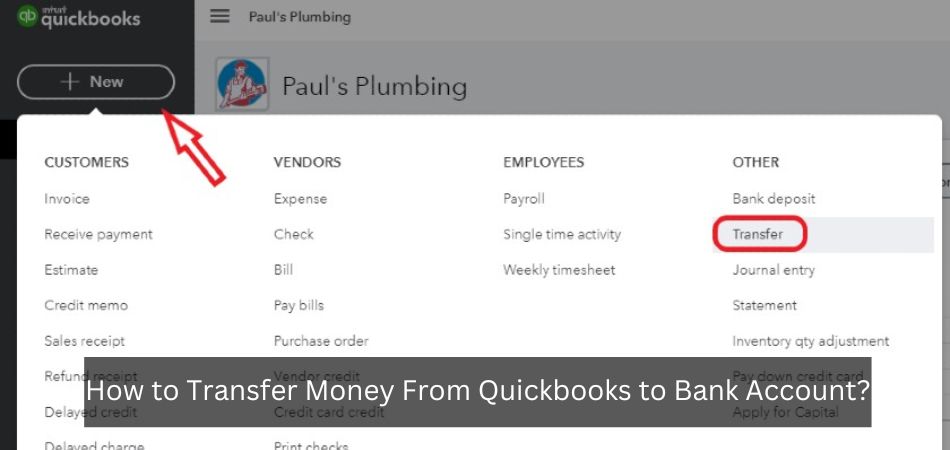What is a high-yield savings account, and its main benefits?

Anúncios
In today’s financial landscape, where traditional savings accounts offer minimal returns, high-yield savings accounts have emerged as a beacon of hope. Especially for savers looking to maximize their returns on idle funds.
In this article, we will explore what high-yield savings accounts are, how they work, and delve into the myriad benefits they offer.
Anúncios
Furthermore, we will provide an in-depth guide on how to choose the right high-yield savings account, highlighting key factors to consider. So, let’s embark on a journey to unravel the mysteries of high-yield savings accounts.

Anúncios
What is a High-Yield Savings Account?
High-yield savings accounts, often referred to as high-interest accounts, are a financial tool that can significantly boost the growth of your savings.
These accounts are a type of savings account, but they offer a distinct advantage over the standard or traditional savings accounts: notably, they provide much higher interest rates on your deposited funds.
High-yield savings accounts typically yield significantly more interest than the national average interest rates found in standard savings accounts.
One of the primary attractions is the prospect of better returns on your savings, making them an ideal choice for stashing your short-term financial goals or creating an emergency fund.
While other investment options, such as the stock market, may historically yield higher annual returns, they often come with the trade-off of market volatility and unpredictable annual returns.
In contrast, a high-yield savings account generally offers a competitive interest rate on all your deposits.
While this interest rate is variable and can fluctuate over time, these accounts provide an excellent option for growing your savings while avoiding the risks associated with stock market investments.
Moreover, these accounts typically come with the peace of mind offered by Federal Deposit Insurance Corporation (FDIC) insurance, provided your bank is FDIC-insured.
This insurance means that even if your bank faces financial difficulties or fails, your funds will be protected up to an applicable limit. This aspect of safety makes them particularly appealing for short-term savers.
How Does It Work?
High-yield savings accounts work on the principle of compound interest, which enables your savings to grow at an accelerated pace compared to standard savings accounts.
Compound interest differs from simple interest in that it calculates your earnings based not only on the initial deposit (the principal amount) but also on the interest that has already accumulated.
This compounding effect occurs at various intervals, depending on the bank and account in question.
Some high-yield savings accounts compound interest daily, while others may do so weekly, monthly, or annually. The more frequently interest is compounded, the more your money grows over time.
To illustrate how this works, consider high-yield savings account with a $5,000 balance and an interest rate of 0.60% over one year.
The formula to calculate the interest earned is:
Interest = P (principal amount) x R (interest rate) x N (time period, usually set as 1 for one year).
In this case, it would be Interest = $5,000 x 0.006 x 1, which equals $30 in interest.
High-yield savings accounts make it easy for savers to project their earnings, especially with the help of online calculators that show how much you could earn with a specific account compared to other leading banks.
By understanding the power of compound interest, savers can make informed decisions and maximize the potential of their high-yield savings accounts.
Understand the Main Benefits
High-yield savings accounts offer several advantages that make them an appealing choice for a wide range of savers. Here are some of the key benefits:
As the name suggests, high-yield savings accounts provide significantly better interest rates compared to traditional savings accounts.
This means your money can grow at a faster pace, helping you achieve your financial goals more efficiently.
One of the standout features of these accounts is their flexibility.
Unlike long-term investments like certificates of deposit (CDs), where your money is locked in for a fixed period, high-yield savings accounts allow you to access your funds whenever you need them.
This makes them ideal for short-term savings goals like saving for a down payment on a house or a dream vacation.
While high-yield savings accounts offer the potential for higher returns, they are also known for being risk-free.
Your money is deposited in a secure and regulated bank, and it’s usually FDIC-insured. This means that even if the bank faces financial difficulties, your deposited funds are protected up to a certain limit.
With their better-than-average interest rates, these accounts provide an effective way to build your savings quickly.
They are well-suited for achieving short-term financial goals, such as building an emergency fund or saving for a specific purchase. And a safe and accessible place to park your emergency fund.
By keeping your emergency funds in such an account, you not only ensure the money is readily available when you need it, but you also earn interest on the funds when they are not in use.
Are There Any Disadvantages to This Type of Account?
While high-yield savings accounts offer numerous benefits, it’s essential to consider potential disadvantages as well. Here are some drawbacks to keep in mind:
These accounts are not designed for daily transactions like checking accounts. They are meant for storing cash that you don’t plan to spend immediately. For everyday spending, a checking account is a more suitable option.
Because high-yield savings accounts offer better interest rates, some banks may impose stricter requirements.
These requirements can include a higher initial deposit amount or restrictions on withdrawals and transfers.
While high-yield savings accounts provide interest earnings, the rates may not keep up with inflation or be sufficient for achieving long-term financial goals, such as saving for retirement.
Unlike certificates of deposit (CDs), where the interest rate is fixed, high-yield savings accounts have variable interest rates. Banks can change the rate at any time, leading to potential fluctuations in your earnings.
Despite these disadvantages, high-yield savings accounts remain a valuable financial tool, particularly for short-term savings goals and maintaining a risk-free, accessible place for your money.
By carefully weighing the pros and cons, you can make an informed decision about whether the account aligns with your specific financial needs and goals.
How to Choose an Account
Selecting the right high-yield savings account involves careful consideration of several factors to ensure it aligns with your financial objectives and preferences.
Here’s a breakdown of the steps to choose the best account for your needs:
1. Evaluate Interest Rate
Naturally, the first thing you’d want to look at is the account’s interest rate, expressed as the annual percentage yield (APY).
High-yield savings accounts with competitive APYs can significantly impact the growth of your savings.
Keep in mind that interest rates can vary among banks and financial institutions, so compare several options to find the highest rate available.

2. Find Out About Interest Rates and Fees
While comparing interest rates, also check if there are any associated fees.
Some banks might offer attractive interest rates but impose monthly maintenance fees or require you to maintain a high balance to avoid fees.
Make sure you understand the fee structure and its potential impact on your earnings.
3. Check Out What Customer Service Is Like
A high-yield savings account’s customer service can be crucial, especially if you encounter issues or have questions about your account.
Research the bank’s customer service reputation and availability.
Many online banks offer 24/7 customer support through various channels, while traditional brick-and-mortar banks may have limited customer service hours.
4. Check If There Is FDIC Insurance
The safety of your funds is paramount. Ensure that the high-yield savings account you consider is FDIC-insured.
FDIC insurance protects your deposits up to a certain amount, even if the bank faces financial difficulties or goes out of business. Knowing your funds are secure provides peace of mind.
5. Understand If a Minimum Balance or Initial Deposit Is Required
Some high-yield savings accounts may have minimum balance requirements to open the account or maintain it.
Be sure to review these requirements and verify if they align with your financial situation. If you’re looking for an account with no minimum balance requirements, several options are available.
By considering these factors, you can make an informed decision when selecting a high-yield savings account.
It’s essential to choose an account that not only offers a competitive interest rate but also complements your banking preferences and financial goals.
Conclusion
High-yield savings accounts provide a secure and convenient way to grow your savings at an accelerated rate compared to traditional savings accounts.
With their attractive interest rates, flexibility, and the peace of mind offered by FDIC insurance, they are well-suited for short-term financial goals, such as building an emergency fund or saving for a significant purchase.
While they have certain disadvantages, such as not being designed for daily banking and potential fluctuation in interest rates, their benefits make them a valuable financial tool.
To make the most of a high-yield savings account, it’s crucial to choose the right one that aligns with your financial needs.
Evaluate interest rates, understand fees, consider customer service quality, ensure FDIC insurance, and be aware of any minimum balance or initial deposit requirements.
By carefully assessing these factors, you can select an account that helps you achieve your financial goals efficiently and securely.
High-yield savings accounts continue to be a popular choice for savers looking to make the most of their money while maintaining liquidity and accessibility.





